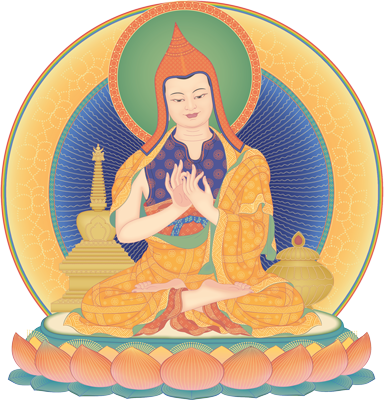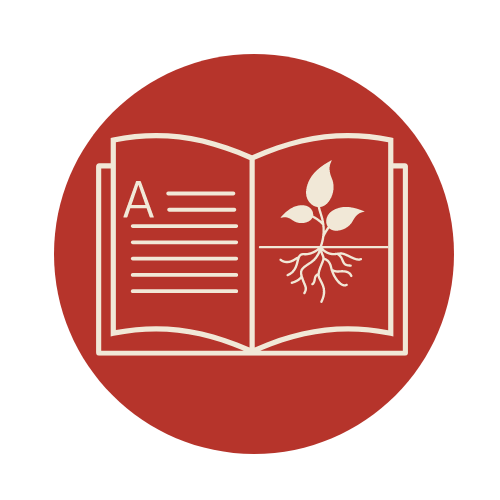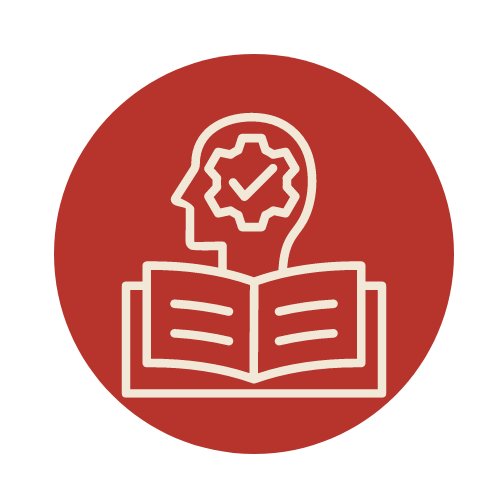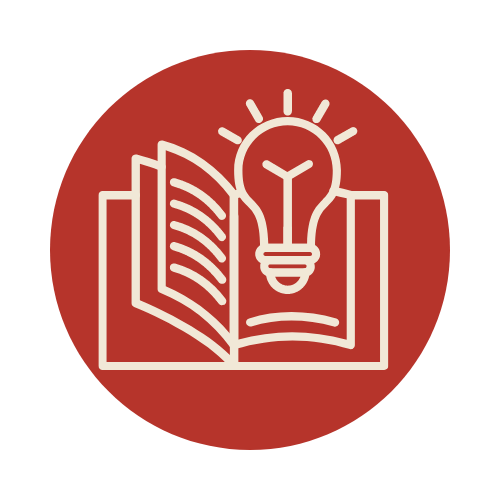
The First Key Point
Practice 1: Precious Human Birth
“If you were to truly practice meditation on precious human birth as it is meant to be cultivated, you would never be lazy. You would have all of the diligence necessary. You would have everything needed for meditation and it would come naturally.”
– Khentrul Lodrö T’hayé Rinpoche
Root Text

First Key Point: The Preliminaries, The Support For Practice
1. First, train in the preliminaries.
Resources

Required Reading
- The Power of Mind: A Tibetan Monk’s Guide to Finding Freedom in Every Challenge by Khentrul Lodrö T’hayé
- Daily Practice Instructions
- List of Freedoms and Advantages
- Vocabulary for the First Key Point – The Preliminaries
Optional Reading
- The Great Path of Awakening by Jamgon Kongtrul
- Enlightened Courage by Dilgo Khyentse
Assignments

Assignment 1
- Listen to the recording for this practice, Precious Human Birth.

Assignment 2
- Read the corresponding passages in The Power of Mind: A Tibetan Monk’s Guide to Finding Freedom in Every Challenge by Khentrul Lodrö T’hayé, pp. 13—23.
- Additional Optional Reading:
- The Great Path of Awakening by Jamgon Kongtrul
- Enlightened Courage by Dilgo Khyentse

Assignment 3
- Read the Daily Practice Instructions.
- Spend two days integrating an awareness of this precious human life into whatever you are doing throughout the day.
- In addition, integrate this practice into a brief formal meditation.
Daily Practice Instructions
Integrating informal practice into our daily lives will be our focus for the next several months. In this context, informal practice means bringing to mind a concept and integrating that understanding into your immediate experience. Formal meditation means sitting down and doing a specific meditation practice on the topic.
Here are some ideas for getting started:

Assignment 4
- Use a journal to document your reflections on this week’s practice.
- Are there any insights, experiences, or questions you would like to share in the discussion box below?
